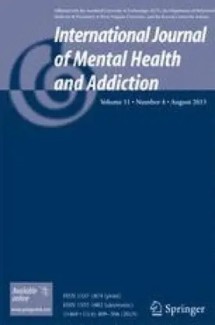Prioritizing Abstinence-Based Prevention, Regulation, and Recovery to Reduce Substance-Related Harm and Promote Mental Health at a Population-Level

Abstract: This commentary argues the need to prioritize regulation and abstinence-based prevention and recovery as critical services in efforts to maximize the reduction of substance-related harm and the promotion of mental health at a population-level. Treatment and harm reduction for those experiencing mental health and or substance use problems tends to be poorly integrated with regulatory and prevention approaches, which seek to reduce the development of these problems. This commentary examines evidence from Australia to argue the benefits of more deliberate service system integration based on life-course science. Harm reduction programs dominated the substance use prevention field in Australia until 2009 and were associated with high levels of youth substance use. The introduction of abstinence-based prevention programs and policies effectively reduced adolescent substance use and these reductions have flowed to generational reductions in adult substance use. The potential benefits of Australia’s movement to abstinence-based prevention continue to be disrupted by conflicting harm reduction treatment messages. This commentary outlines the argument to maximize substance use intervention effectiveness and mental health promotion by increasing investment in abstinence-based substance use regulation and prevention and then restructuring treatment and recovery services to more deliberately integrate with this emphasis. The benefits of this approach are argued to include reduction of substance use harm and mental health burden.